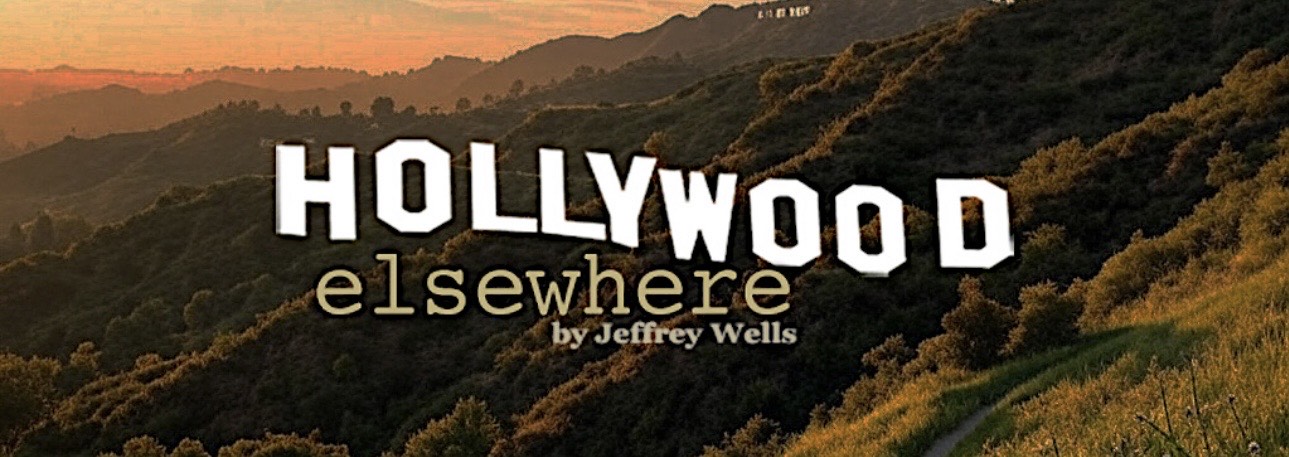The interest that GenY and developmentally-stunted GenXers have in period westerns (along the semi-scrupulous lines of, say, The Wild Bunch, The Grey Fox, Days of Heaven, Heaven’s Gate and McCabe and Mrs. Miller) is apparently zilch. They don’t want to commune with bygone eras in any kind of realistic way — they only want digitally spritzed-up fantasies that all feel and look like the same 21st Century bullshit video game. Same formula, same attitude, same pacing and cutting.
Yes, Jerry Bruckheimer and Gore Verbinski‘s The Lone Ranger (Disney, 7.3) is a popcorn goof and hardly about “history.” But shouldn’t some form of believable yesteryear atmosphere be woven into it? If you ask me the to-hell-with-historical-realism aesthetic began 14 years ago with Barry Sonnenfeld‘s Wild Wild West (high-throttle FX and wowser technology in a steampunk style) and gained strength with the japey style of the Pirates of the Caribbean flicks.
Hollywood has always phonied up history in this and that way by kowtowing to contemporary fashions and mores. Errol Flynn‘s 1938 Robin Hood was pure fantasy-driven pop. William Holden‘s anti-war attitudes in The Bridge on the River Kwai were those of a mid ’50s sophisticate, and were unrealistically imposed upon the World War II setting. Biblical epics of the ’50s and ’60s were, of course, resplendently phony in various ways. So ignoring the way things were is not new. But will we ever see actual period films again, at least on an intermittent basis? The kind of period we saw in the two Godfather films, in Reds, in Ken Russell‘s Women in Love (which is to say not Mahler or Lisztomania), in Michael Mann‘s Last of the Mohicans, etc. John Sturges‘ The Magnificent Seven was very much of its time (i.e, 1960), but at least it was half-loyal to the trappings of the Old West. Even the Sergio Leone Almeria films of the ’60s were at least semi-credible. Is that kind of thing gone with the wind?
Seriously, how infantile and neurotic is it to say “I don’t want to know from historical realities — I just want my own kind of CG realm imposed upon everything that ever was. I want all of history revised so it feels like something I’d recognize and could slip right into with my hand-held devices”?
This “re-imagining of all creation in CG terms” aesthetic has migrated over to African-wildlife docs even. I’ve actually seen docs that use CG enhancements to zass things up so lions and tigers and crocs and wild dogs look even fiercer than they do in actuality.





